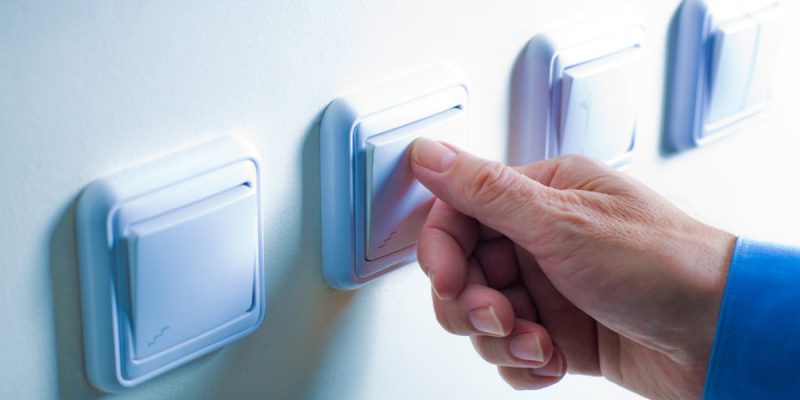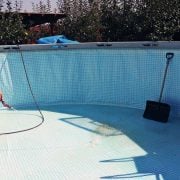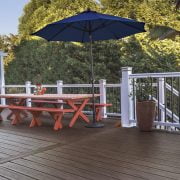1. Invest in A Smart Thermostat (Or Turn It Down)
Smart thermostats come with handy features that can help keep your energy consumption low. These thermostats can be programmed to only turn the HVAC on when you are home and off when no one is. Some of these thermostats support zoning, too, a great functionality that can limit energy wastage. Aside from this, turning the temperature down by a degree can see you save up to 10% of your energy bills.
2. Wash Clothes Only When Necessary, And At A Lower Temperature
Many of us have a habit of wearing clothes once and then tossing them in the washing bin. Unless you were sweaty that day or the clothes were dirty, you could save some money (and energy) by wearing them a second time before washing. Hang these clothes outside for airing before repeating. Aside from this, washing your clothes at a lower temperature can save up to 16% of your annual energy costs. Setting the thermostat to 20°C from the usual 40°C will also have the same results but save around 62% in energy.
3. Use Water Sparingly
Using water sparingly can also lower energy bills in the long run. This can be achieved by cutting your shower times into half (or say 5 minutes) and running the dishwasher only when it is full. Investing in a low-flow showerhead can also help improve your water savings too. The less water you use for various applications in the house, the less energy will be needed to heat it up. Experts also advise against washing your dishes from a running tap; instead, fill up a sink to wash all utensils, then rinse. Data released by the Energy Saving Trust shows that the average family of 4 can save around $50 on energy and water bills if they use water sparingly.
4. Keep Track of Your Energy Usage
Keeping an eye on your energy usage and how much every device in the house consumes can help you plan better. Phone chargers, TVs, and hi-fis, for example, continue using energy for as long as they are plugged on. Unplugging these devices from the main socket when not in use can see you save lots of energy in the process. You can also install a smart meter to monitor your energy consumption. If an appliance (say fridge) seems to consume too much, upgrading to an energy-star rated one can help improve your energy savings.
5. Ensure Your Home Is Well Insulated
Tiny gaps between window and door frames and a poorly insulated ceiling could be the reason for huge energy bills. This is because the heat would be escaping to/from the house through these gaps and draught. However, having your windows and doors draught-proofed and investing in adequate ceiling insulation can improve your home’s energy ratings. Although simple, some of these improvements could see you save up to $400 worth of energy.
6. Switch To Energy-Efficient Appliances
Most of the big household appliances (e.g., refrigerators, dishwashers, washing machines, etc.) use up lots of energy. Switching to more energy-efficient appliances can, however, help you save lots of money in the long haul. These appliances are categorized on an energy-saving scale from A to G, with G being the worst and A+++ the most energy-efficient. You might also want to replace the old incandescent bulbs with the more energy-efficient and durable LED bulbs for improved savings.
Invest in A New Boiler
Hot water and heating account for more than 50% of energy usage in a regular household. Switching to a newer, more energy-efficient boiler can help down these numbers. If your boiler is 10 years or more, it might be the best time to start shopping for a new one. Old boilers consume lots of energy and are prone to breakdowns. Corgihomeplan boiler cover will keep your boiler working efficiently. Replacing an old boiler with an A-rated boiler can improve your energy efficiency (on heating and hot water) by at least 90%. This will significantly impact your monthly energy bills and save you lots of money.














Comments